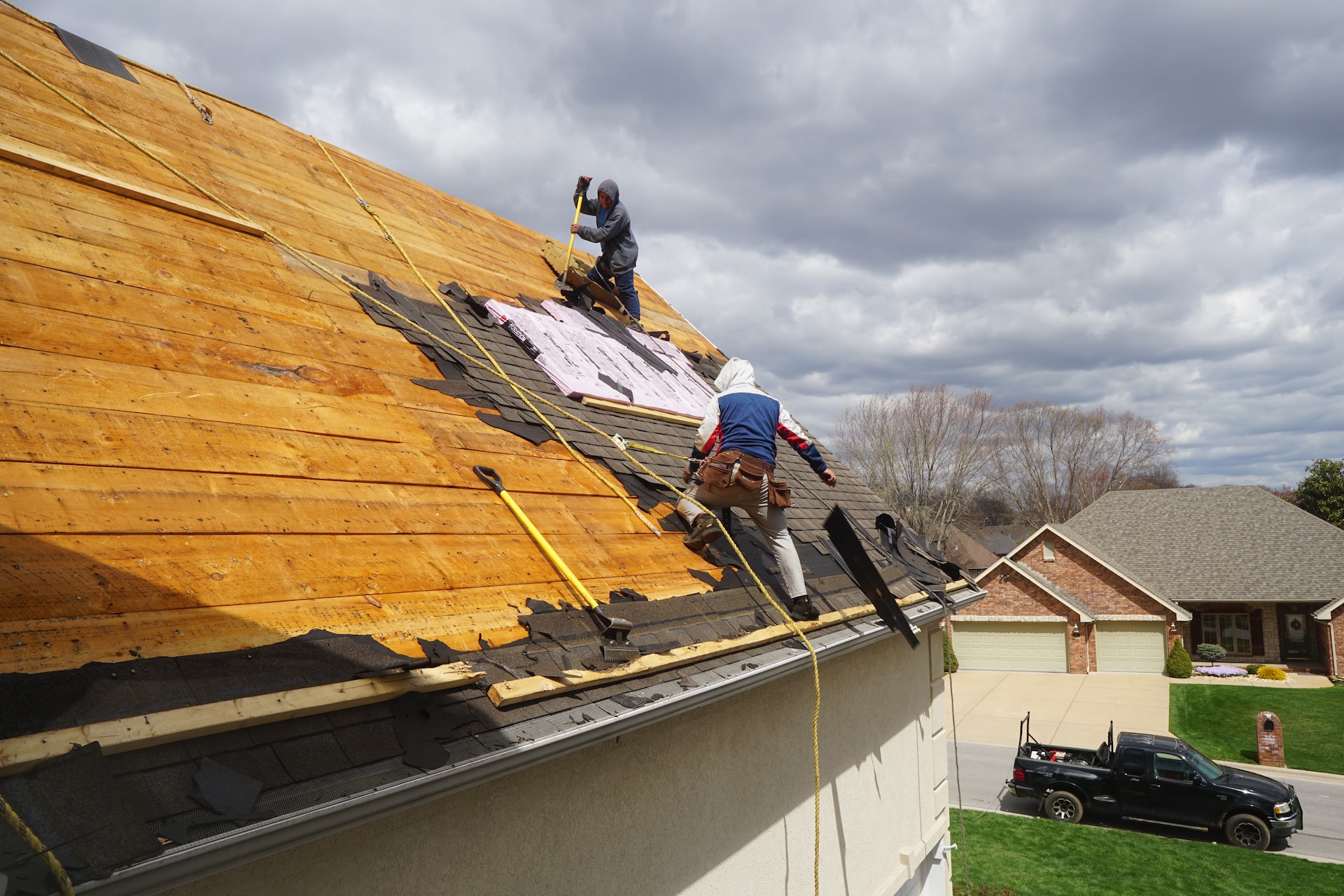When choosing the right roof for your home or building in a cold climate, there are several factors to consider. Cold weather brings challenges such as heavy snow, ice, and freezing temperatures that can affect your roof’s durability and energy efficiency. To ensure your roof can withstand these conditions while keeping your interior warm and cozy, selecting the right roofing material is crucial. Let’s explore the five best types of roofs for cold weather regions.
1. Asphalt Shingles
Asphalt shingles are one of North America’s most popular roofing materials and for a good reason. They are affordable, durable, and readily available. Asphalt shingles perform well in shedding snow and ice buildup in cold climates. They are also easy to repair in case of damage from harsh weather conditions. They come in various styles and colors to match your home’s aesthetics.
2. Metal Roofing
Metal roofing is an excellent choice for cold weather regions due to its exceptional durability and ability to shed snow and ice. Metal roofs resist corrosion and can withstand heavy snow loads without buckling. They also have excellent insulation properties, helping keep your home warm during winter. Additionally, metal roofs are low-maintenance and have a long lifespan, making them a cost-effective choice in the long run.
3. Slate Roofing
While slate roofing is more expensive than some other options, it offers unmatched durability and an elegant appearance. Slate roofs can last for a century or more, making them a wise investment for cold climates. Their natural stone composition makes them highly resistant to snow and ice buildup. Slate is also an excellent insulator, which helps keep your home warm in winter and cool in summer.
4. Cedar Shake Roofing
Cedar shake roofing provides a rustic and natural look that complements many homes in cold weather regions. Cedar shakes have natural insulating properties, making them energy-efficient. They can withstand snow and ice, and their unique texture adds visual appeal to your property. Regular maintenance, such as treating with preservatives and preventing moss growth, can extend the lifespan of cedar shake roofs.
5. Synthetic Roofing Materials
Synthetic roofing materials, such as synthetic slate or rubber roofing, balance affordability and performance in cold climates. They mimic the appearance of natural materials like slate or wood but are more cost-effective and easier to maintain. These materials are designed to withstand harsh weather conditions, making them a practical choice for homes and buildings in cold weather regions.
Conclusion
Choosing the right roofing material for a cold weather climate is essential to ensure your property’s longevity, energy efficiency, and overall protection. Each of these five roofing options offers its unique advantages, from the affordability of asphalt shingles to the durability of metal, slate, cedar shake, and synthetic materials. Consult a professional roofer to determine the best choice for your specific needs and enjoy a comfortable and resilient roof that can withstand the harshest winter conditions.
